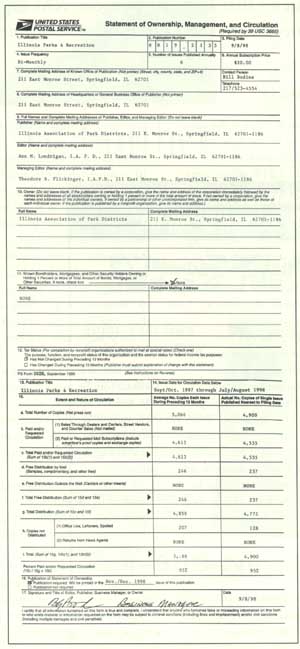|
The engine or auto manufacturer must certify through the U.S. EPA's program. This may only require the manufacturer to make minor emission-related changes to the engine's emission control components. A vehicle or engine will be certified to one of the four low emission standards and will be designated as such on the U.S. EPA emissions label affixed to the vehicle or engine. The four tiers of emission levels include: the Low Emission vehicle (LEV), Inherently Low Emission Vehicle (TLEV) Ultra-Low Emission Vehicle (ULEV), and the Zero Emission Vehicle (ZEV) standards. The types of vehicles that are exempt from the program are those that are used for law enforcement, are not registered for use on public roadways, weigh |
in excess of 26,000 pounds GVW, were manufactured prior to MY 1999 or are not capable of being centrally fueled. "Capable of being centrally fueled" means a vehicle could be fueled 100 percent of the time at a location owned, operated, or in any way controlled by the fleet operator. Also, the fact that all of a fleet's current vehicles are older than MY 1999 does not make the fleet exempt. The CFFP requirements focus on the purchase of new vehicles. Any fleet of 10 or more owned or operated vehicles is a "covered fleet." The simplest way for fleet operators to initially achieve the goals of the CFFP might be to purchase vehicles that are already certified to operate on reformulated gasoline. This stands to reason, as fueling stations for alternative fuels are not readily available. Also, there are currently no financial incentives available to fleet operators to assist in paying for the infrastructure needed to create a fueling station. This is a governing factor especially for small fleets such as those of park districts. Among the CFFP certified light-duty vehicles now available for use with reformulated gasoline are: Ford Windstar Explorer and Expedition; Mercury Mountaineer; Lincoln Navigator; and the Honda Accord and Civic. Ford also has available the bifueled (cng - compressed natural gas I gasoline) Contour, F-150/250 and Econoline passenger/cargo vans. At the time of this article, no list of certified heavy-duty vehicles was available. It appears that engine manufacturers will certify their products rather than the vehicle manufacturer. An owner or operator of a covered fleet must apply for a fleet registration number before September 1, 1998 or within 60 days of becoming a covered fleet owner or operator. A registration form can be obtained from the CFFP coordinator for the Illinois EPA at 217.524.4343. From this EPA office, you also can obtain a regularly updated vehicle availability list of cars and trucks certified to operate on conventional or alternative fuels. Fleet operators should be aware that there are record keeping and reporting requirements attached to this program. |
Pages:|1 ||2 | |3 ||4 | |5 ||6 | |7 ||8 | |9 ||10 | Pages:|11 ||12 | |13 ||14 | |15 ||16 | |17 ||18 | |19 ||20 |
Pages:|21 ||22 | |23 ||24 | |25 ||26 | |27 ||28 | |28a ||28b| |28c ||28d| |29 ||30 |
Pages:|31 ||32 | |33 ||34 | |35 ||36 | |37 ||38 | |39 ||40 |
Pages:|41 ||42 | |43 ||44 | |45 ||46 | |47 ||48 | |49 ||50 | Pages:|51 ||52 | |53 ||54 | |55 ||56 |
